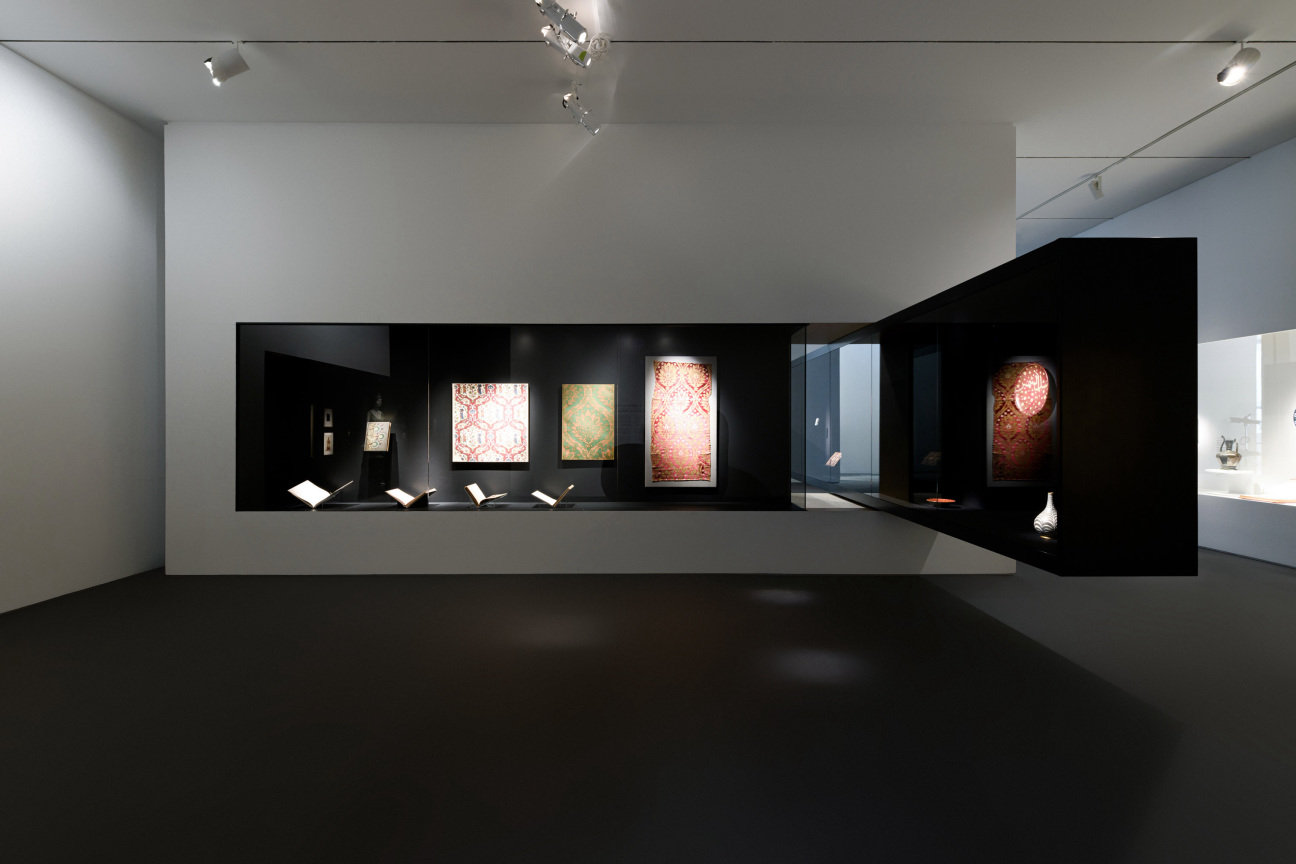“It is said that civilization starts when jewelry appears,” says Pierre Rainero, Cartier’s director of image, style and heritage. “It is a creation that is intimately worn in the body; it’s an ornament, an expression of feelings, of status and of power that has been considered a direct link with the sacred.”
Jewelry has far evolved from its initial manifestations in objects such as necklaces made of bones that appeared more than 25,000 years ago. It has transformed into complex objects of wonder utilizing rare minerals, innovative techniques and precious stones with deep significance that often symbolizes a point of connection to the sacred.
These wonders are currently on view at the Dallas Museum of Art’s “Cartier and Islamic Art: In Search of Modernity,” a show—co-organized with the Musée des Arts Décoratifs, Paris, and in collaboration with the Musée du Louvre—that explores the origins of Islamic influence on Cartier through the cultural context of Paris in the late 19th and early 20th centuries as well as the influence of Louis J. Cartier (1875–1942), a partner and eventual director of Cartier’s Paris branch, and a collector of Islamic art. Louis encountered Islamic arts through various sources, including the major exhibitions in Paris in 1903 and 1912 at the Musée des Arts Décoratifs—held to inspire new forms of modern design—and a pivotal exhibition of masterpieces of Islamic art in Munich in 1910.



What makes the Dallas Museum of Art show unique is its embrace of technology: integrated high-definition screens radically change the scale by deepening an appreciation for the material beauty and detailed craftsmanship of the objects presented, an intelligent move by exhibition designer Diller Scofidio + Renfro. The intimate curation of the gallery space threads an inspiring narrative of Louis’s own collection of Persian and Indian paintings, manuscripts and other luxury objects, which served as inspiration for these new Cartier jewelry designs. Together, these influences would be essential to the development of a new aesthetic called “style moderne" and later “Art Deco” at the brand.
The variety of jewels and the use of novel color combinations are among the most distinctive aspects of the pieces presented in this exhibition, and reveal the structural elements for the development of Cartier’s signature Tutti Frutti style. Capturing a determining moment in Cartier’s history, the exhibition is a glimpse into an influence of the brand never before revealed.










 in your life?
in your life?

